Infrastructure and development pressures are heightened by overtourism, wildfires, rugged geography, and the desire to preserve rural character.
Mikey Goralnik knows firsthand the unique challenges that living in a gateway community presents. The town of Mariposa, California, where he lives, is the closest small town to one of Yosemite National Park’s main entrances.
Gateway communities exist all over the United States: Estes Park, Colorado is a gateway to Rocky Mountain National Park. Bar Harbor, Maine, is a gateway to Acadia National Park. The list goes on. The issues these communities face have always been unique, but they’ve intensified over the last few decades, and Mariposa is a perfect example.
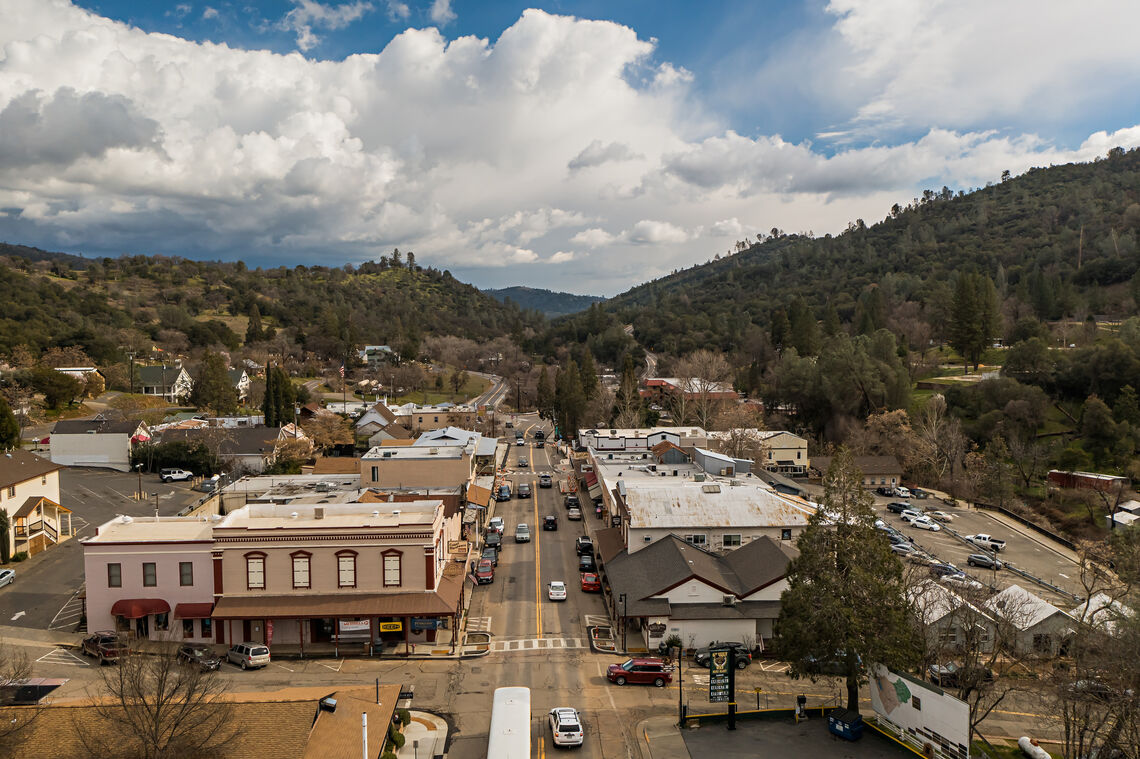
Mariposa's history of Tourism dates back to the 1870s, but began steadily increasing with automobile travel. Today, four million people visit annually.
While Yosemite has been a destination for tourists since the mid-1800s, recent trends—including the rise in popularity of vacation rentals which curtail the residential housing market, and the social and physical impacts of repeated catastrophic wildfires in the county and region—have exacerbated long simmering issues in both the town and county of Mariposa.
When Mikey moved to Mariposa County in 2017 and began working for the county, one of his first tasks was to reinvigorate the development of what will eventually become the Mariposa Creek Parkway. The initial step was the Mariposa Creek Parkway Master Plan.
"The project combines active transportation and outdoor recreation, making the project a natural fit for WRT," said WRT Associate Andy Dawson.
“These communities require a unique and fundamentally different approach than our work based in large cities,” Andy explained. “We can take cues and apply sound design principles from our experience, but we need to be careful to recognize the distinctive challenges and opportunities of each place, and the sensitivities of small-town culture and identity.”
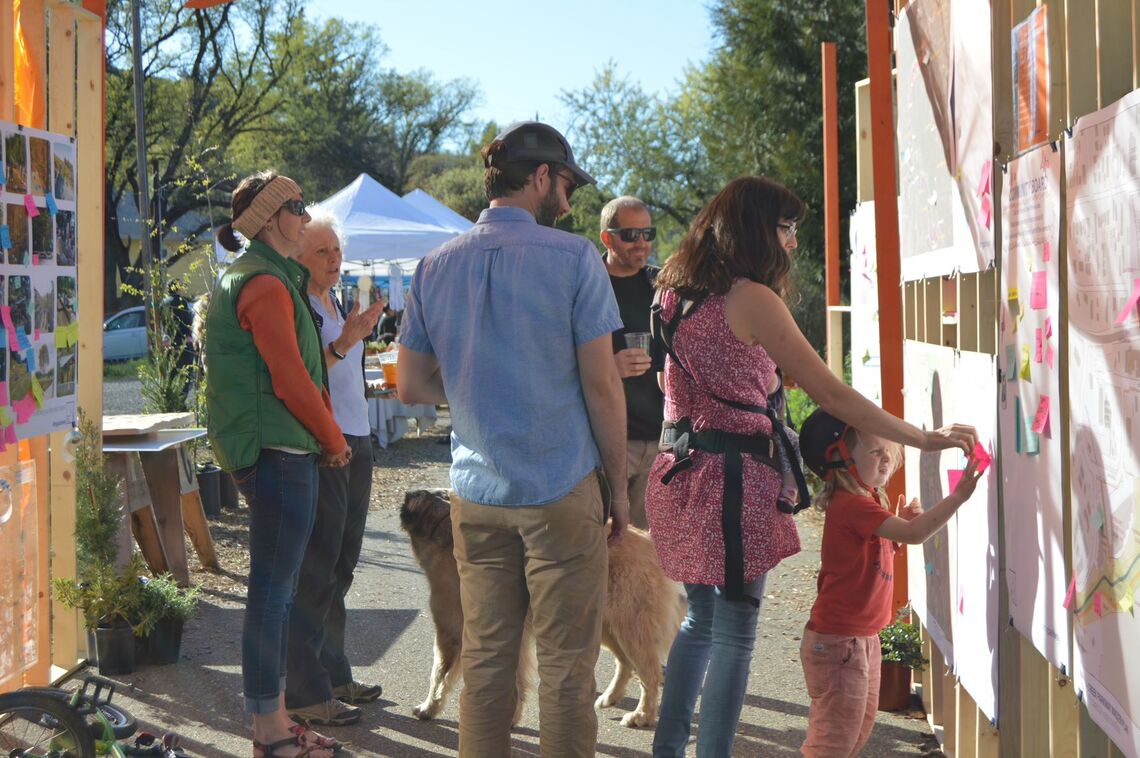
Through a variety of materials and activities, a diverse cross-section of the community provided feedback on the Mariposa Creek Parkway while physically AT the parkway, and in some cases, even in the creek.
WRT’s approach has positioned the Mariposa Creek Parkway as more than just a trail – the Parkway is a comprehensive and ranging community asset that supports mobility, public health, ecological conservation, and community storytelling.
But it’s also functional: now that the Master Plan is being implemented, the vision for the Parkway’s function as an active transportation corridor allows the town to market itself to affordable housing developers, making it a jumping off point for the next project, an Integrated Mobility and Housing Strategy.
These issues, along with the strategies WRT is identifying, are highly applicable to other gateway communities and rural towns across the United States.
“The Integrated Mobility and Housing Strategy zooms out from the town of Mariposa to look at the entire county and the issues they are facing with regards to housing and transportation,” Andy explained. “The National Park Service is a partner on this project, and we've been working with them to identify their needs and policies regarding employee housing.”
The strategy, which is currently in the middle of its development process, is meant to deal with some of the issues that have come to the fore in recent years – including a limited supply of affordable housing for Park Service employees.
With limited space for new housing, an influx of new residents working remote jobs, an increase in short term rental properties, and increased demand for a larger workforce to accommodate increasing tourist pressures, the supply of housing is diminishing and becoming more expensive. This is particularly evident with the fluctuations in population from tourist seasons, when infrastructure is strained, lodging is maxed out, and the desirability that brings people here to visit or live is stressed to the limit. Against this backdrop, this project frames strategic initiatives that fit the context of Mariposa County and help rebalance its relationship with Yosemite National Park, for the betterment of those that live here, and the enjoyment of those that visit.
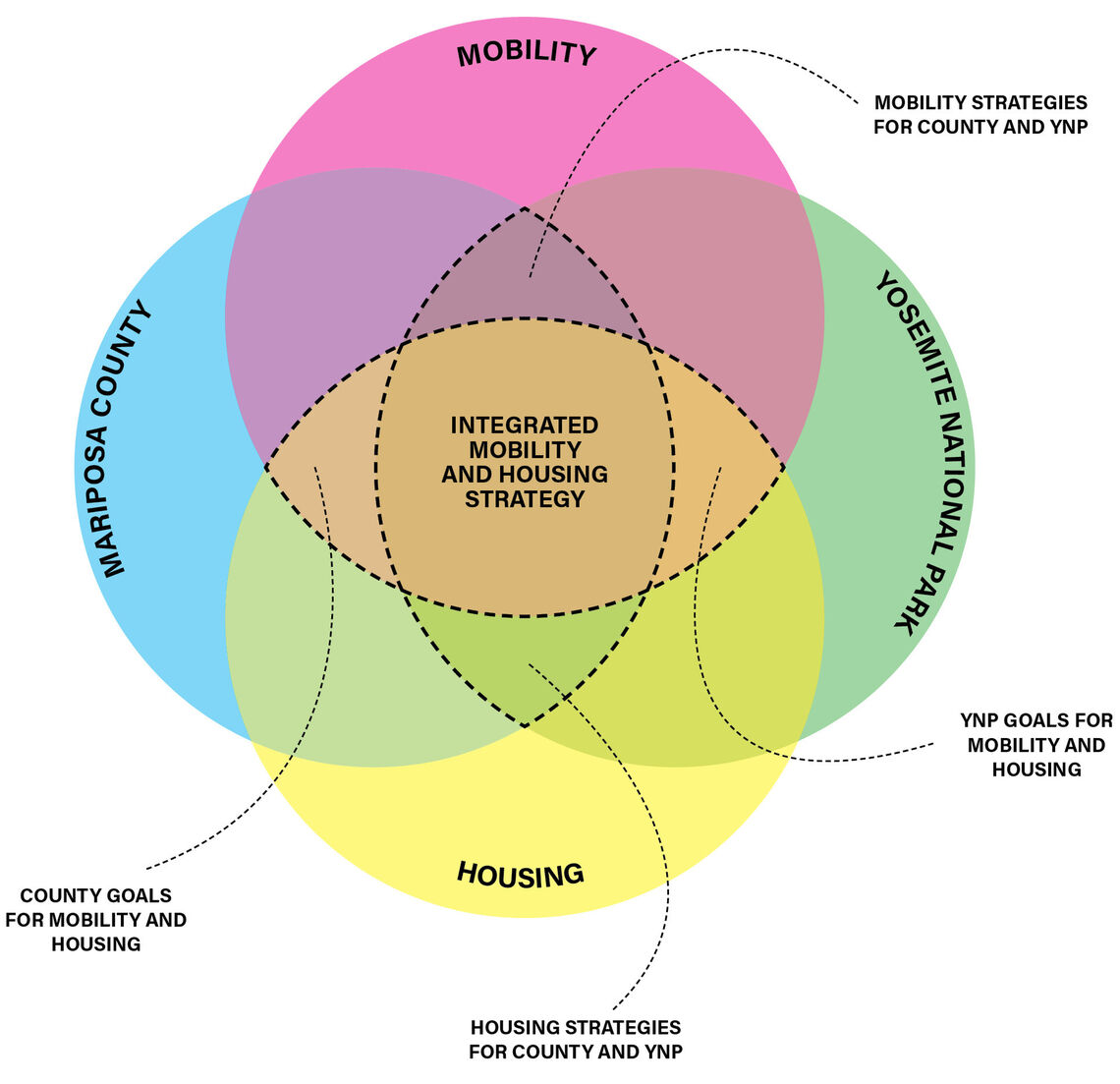
“There's a very limited supply of Park Service provided housing that's either in Yosemite Valley itself or just outside,” Andy pointed out. “Across the rest of the county, the housing that is available is very expensive and they've only seen that problem increasing. Particularly with the pandemic, with people moving to small rural towns and working remotely. Particularly with a lot of homeowners putting their homes up on short term rentals like Airbnb and such, which take rental opportunities off the market for those that might be looking for a year lease.”
A major part of WRT’s engagement strategy included surveying Park Service employees, which illuminated a variety of housing needs – from those who feel strongly about living in Yosemite Valley to those who would be happy to live a little further away in Mariposa if they could find affordable long-term housing.
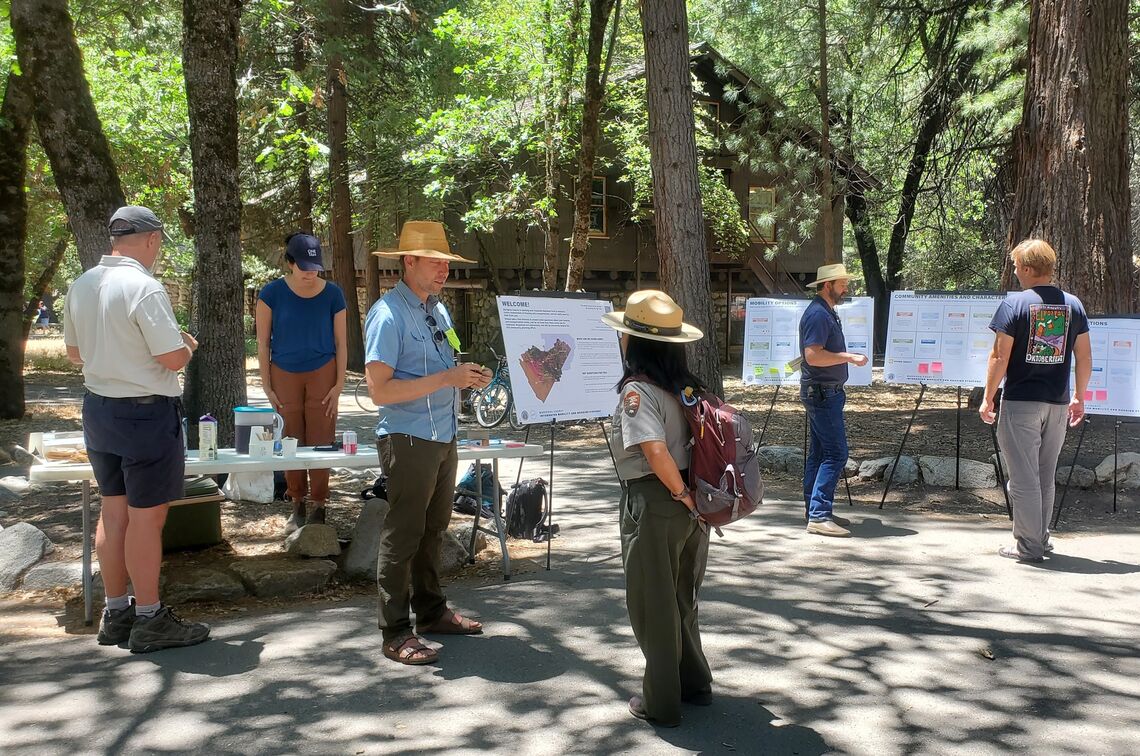
“But alongside the issue of housing location, we have to look at the mobility side,” said Andy. “Even if we were to build housing in Mariposa specifically for Park Service employees, we’ve got to find ways to overcome traffic issues and get them to the Park. Could we have satellite visitor centers in the town of Mariposa where people can leave their car and hop a shuttle into the park? Are there ways that we might be able to adjust the location of the park entrances and gates to areas where the topography isn’t so constrained, so you might be able to have an express lane for employees or for buses that would incentivize bus ridership? Our goal is to submit an aspirational vision for how these functional issues can be addressed by the county in partnership with the Park Service in the future.”
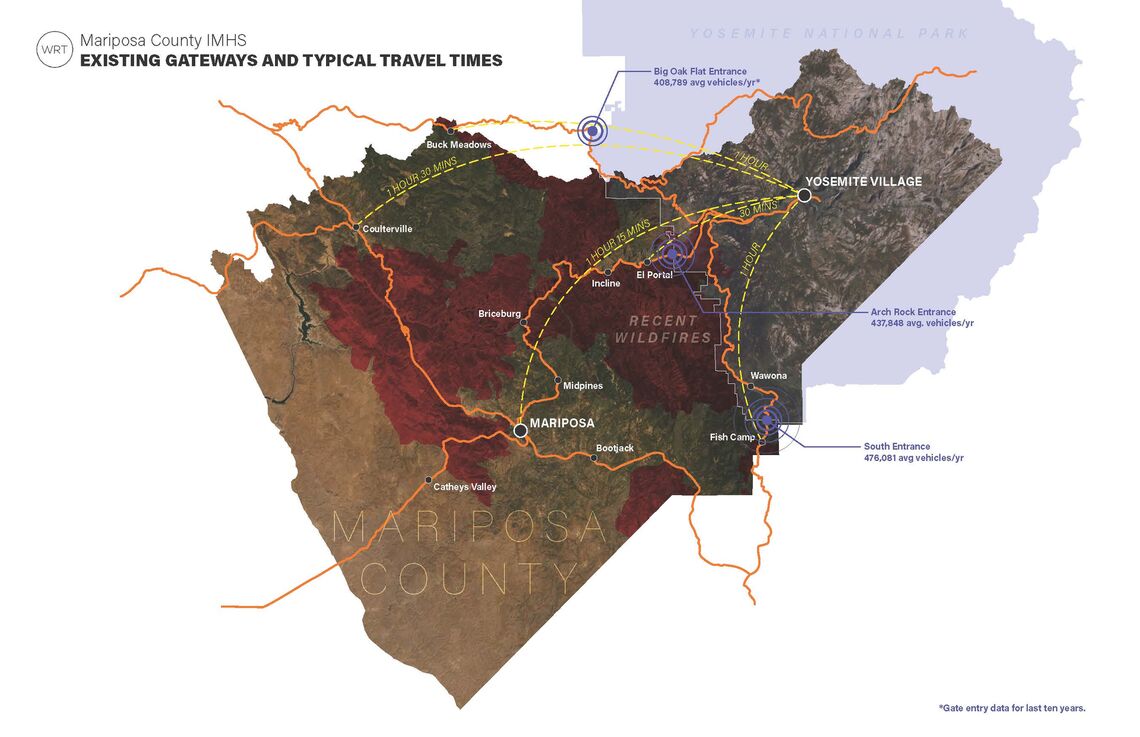
These issues, along with the strategies WRT is identifying, are highly applicable to other gateway communities and rural towns across the United States. Since WRT’s work began with Mariposa, they’ve also started working with a second Yosemite gateway community, the town of Groveland. While the solutions aren’t the same, Andy says he’s been inspired by the work in these projects and hopes to use what the team has learned to continue helping additional towns across the country.
“We understand that similar challenges and unique opportunities are present in places like Whitefish, Montana with Glacier National Park, or Estes Park, Colorado and Rocky Mountain National Park,” Andy said. “These are the front lines of concern for our field, in my eyes. This is where the pressures of urbanism and growth are meeting wild lands, and that's where both are at the most risk to cause the most harm. I think we can really improve people’s lives with projects like these – both the people who live and work in these communities, and the people who are visiting – and at the same time help protect our natural resources and the destinations and experiences so vital to our culture and heritage.”
Written by guest contributor: Maddy Sweitzer-Lamme